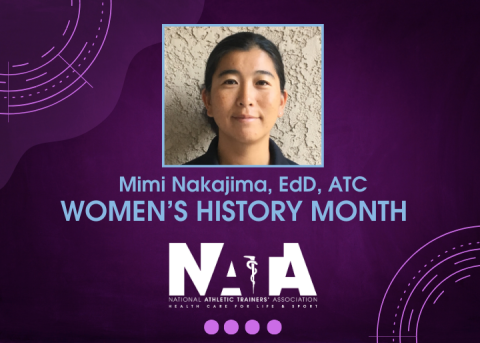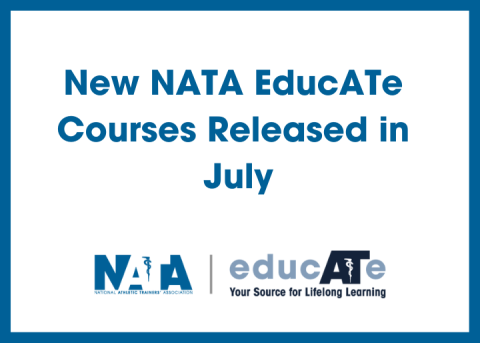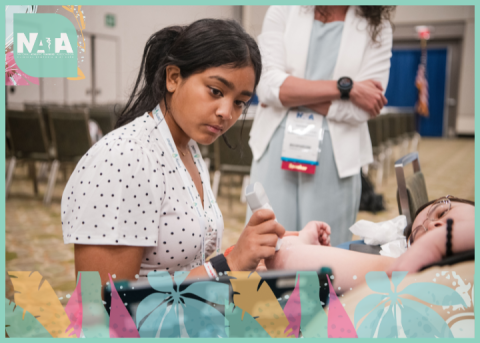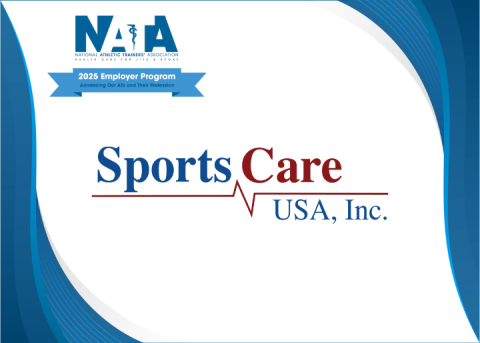
In honor of Women’s History Month this March, NATA is highlighting women who are working to advance the athletic training profession through research.
Mimi Nakajima, EdD, ATC, got involved with athletic training research because of her interest in how people viewed the world around them.
“I was always interested in how people think and feel, so naturally, that drew me to conducting research about people’s perceptions,” she said.
Nakajima’s curiosity has also led her to dabble in a variety of research topics affecting athletic trainers and patients.
By collaborating with athletic training colleagues, she has tackled different issues, including aspects of diversity, equity, inclusion and access (DEIA) in the profession.
Nakajima, the director of athletic training program at California State University in Long Beach, shares the importance of representation and the value of presenting educational research through creative expression.
What led to the creation of the Athletic Training Education Journal study, “Using Graphic Novels to Teach Diversity, Equity, Inclusion, and Social Justice: An Educational Technique?”
My colleague and friend, Lynette Carlson, DHSc, LAT, ATC, had the brilliant idea to utilize graphic novels to teach DEIA issues in athletic training education. I was lucky that she invited me to collaborate with her study, for which she already had several graphic novels drawn up.
What have you discovered in your research?
We discovered that even one workshop discussing topics related to DEIA using the graphic novels increased the awareness of cultural competency among athletic training students. This increase was present regardless of each student’s background. This is important since it tells us that even one session would move the needle in the long journey toward cultural humility. Athletic training programs can easily incorporate the workshop into their curriculum to start the conversation about culturally competent care.
How does the involvement of women in research advance the AT profession?
Having multiple perspectives is always important in advancing the profession. Also, considering that more than 50% of the athletic training population is now female, representation matters as well. I think it’s encouraging and inspiring when you see people like yourself doing things to advance the profession.
What’s next in your research?
Finding out barriers athletic training students and professionals face, be it structural, psychological or motivational, is something I would like to tackle again. This was one of my original interests, so it would be nice to circle back to this topic.
What advice do you have for ATs interested in sports medicine research?
Find your passion within the field of sports medicine and pursue that. However, don’t be afraid to go out of your comfort zone and seek collaborators in different areas. You will learn so much from others and will expand your perspective, making you a better researcher in the end.





